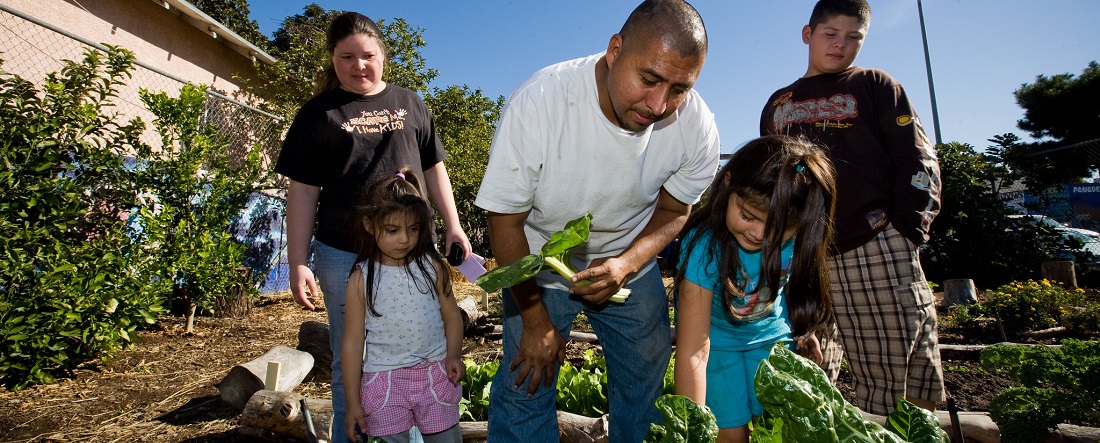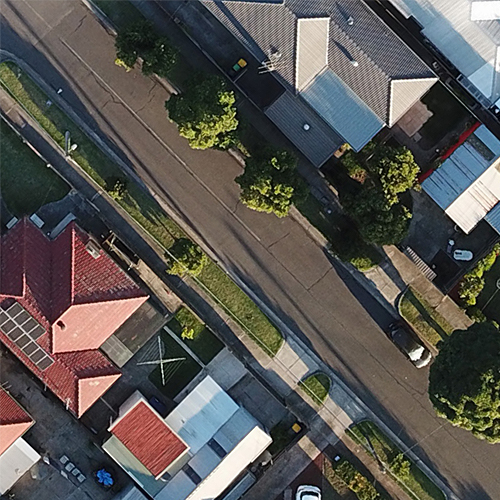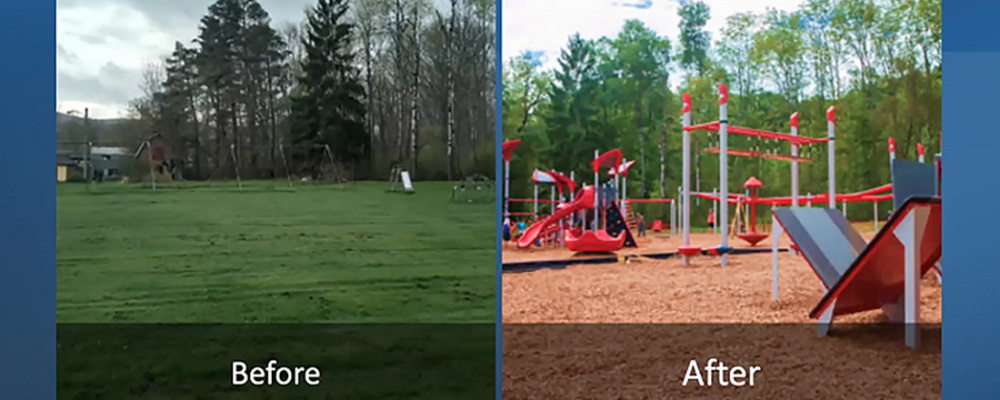
Community Development Factsheets: Mental Health, Social Isolation & Homelessness
-
Focus Areas
Alcohol, Tobacco, Drugs & Mental Health, Healthy Communities -
Issues
Community Development, Mental Health -
Programs
Build Healthy Places Network

Mental health, social isolation and homelessness are three of our most insidious social challenges that have been on the rise over recent decades, and have become even more prominent during the COVID-19 pandemic. These issues also share many root causes and disproportionately impact groups and communities according to race, gender, income and age.
Created by PHI’s Build Healthy Places Network and NeighborWorks America, this factsheet series explores the important role of community development in addressing these three major health challenges in our country. They include definitions of key terms; stats and facts to underscore connections and help make the case; examples of communities taking action; guidance on how to get started forging new partnerships; and additional tools.

Preventing and Ending Homelessness: Community Development’s Role
Over half a million people experience homelessness in the United States. It impacts both urban and rural communities, and is far-reaching, and can affect anyone. Many of the factors that drive individuals and families into homelessness are pervasive. These include social and economic reasons like lack of affordable housing, unemployment, lack of access to services and high healthcare costs, racism in the housing and criminal justice systems, and domestic violence.
This factsheet, the third in a three-part series, will continue to explore what makes community development a great partner in health. This time we dive deep into what works for community development and health collaborations to address a key social determinant of health, homelessness.

Community Development Counteracts Isolation
Social isolation was a growing epidemic, even before COVID-19. Found in both urban and rural communities, social isolation can reduce access to support systems, undermining mental and physical health, and reducing quality of life. The work of the community development sector can help address isolation by facilitating social connections and improving wellbeing for communities through the crisis and as we shape our recovery.
This factsheet, the second in a series, explores what works for community development and health partnerships as they work together to mitigate social isolation and improve well-being in both urban and rural communities across the nation.

The Intersection of Community Development and Mental Health
A safe home and thriving neighborhood improves both physical and mental health, and Community Health Needs Assessments of many health systems identify mental health as a high priority. Community development organizations across the country can contribute to improved wellness and better mental health outcomes, also addressing the disproportionate burden on historically marginalized communities.
From California to Vermont, community developers are working together with health partners to improve mental health and wellbeing for communities. These factsheets can help public health practitioners find new partners, and allow Community Development Corporations to better understand and communicate their important role. This can spark future collaborations and health partnerships that work towards a common aim: improving health outcomes and fostering healthy communities across the nation.
Work With Us
You change the world. We do the rest. Explore fiscal sponsorship at PHI.
Support Us
Together, we can accelerate our response to public health’s most critical issues.
Find Employment
Begin your career at the Public Health Institute.


